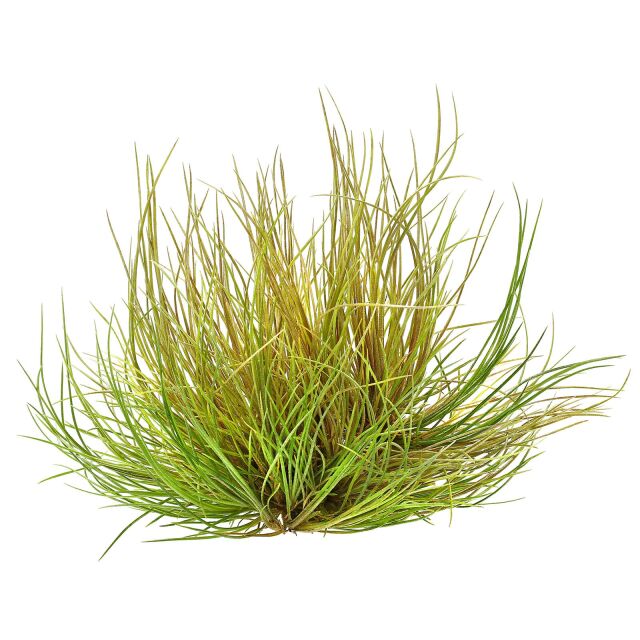False Southern needleleaf



Tillandsia pseudosetacea
False Southern needleleaf
- Epiphyte from dry mountain forests
- Forms dense grass-like tufts
- Very narrow and up to 40 cm long leaves
Sign in or Register
Item question
We’re here for you!
Please enter your question and e-mail and we’ll contact you as soon as possible. It usually takes us up to 24 hours during business days to respond.
Thank you for your question!
Thank you, we’ll get in touch!
Close window
You already sent us a question.
Please wait a few minutes
Description
Tillandsia pseudosetacea forms dense grass-like tufts of very narrow, bristle-like leaves. It originates from the northwest to southwest of Mexico and grows as an epiphyte, e.g. on pines and oaks in mountain forests above 1000 m. The leaves are straight, grey-green and grow to about 40 cm long. Many narrow daughter rosettes form dense tufts over time. The relatively small, green inflorescences produce a few crimson, tubular flowers.
This species is counted among the "Grey Tillandsia" type. They mostly come from drier, exposed places like treetops, dry forests or even deserts with a lot of fog. These atmospheric plants absorb water and nutrients from rain, mist and dust completely via the many absorbent scales on the leaves. The roots, if still present, serve as adhesive roots. In culture, such Tillandsias are tied or glued to materials such as wood or stones. The light requirement is rather high. Somewhat higher humidity is favourable, but the air should not be very humid all the time and stagnate, because the plants will rot if they cannot dry off. Therefore, "Grey Tillandsias" are not well suited for rainforest terrariums, or they need a drier, well-ventilated place in them. One sprays the plants with soft water dripping wet about two to three times a week. Dipping is also possible. After watering, the plant should be allowed to dry. An orchid and Tillandsia fertiliser can be added with every second watering. Propagation is done by cutting off offspring or dividing the clump.
Tillandsia pseudosetacea, so named because of its resemblance to T. setacea, is a somewhat larger species, but its narrow leaves make it look graceful. It is best suited to branches and trunks in terrariums that mimic drier mountain forests.
Terrarienpflanzen
Our terrarium plants give every terrarium an individual, natural atmosphere and at the same time provide a healthy environment for all terrarium inhabitants. Our wide range of tropical, subtropical and even arid plants are easy to combine and enhance any terrascape. Whether it's strong succulents, subtle tillandsias, eye-catching neoregelias or wonderful orchids - we offer terrarium plants for different terrascapes from rainforest to desert.
General information
Please choose a variant to see more information.
| Item no. |
|
| EAN | |
| Weight | |
| Shipping weight |
Customers ask customers
You have questions about this product? Ask other customer or our support team about this product!